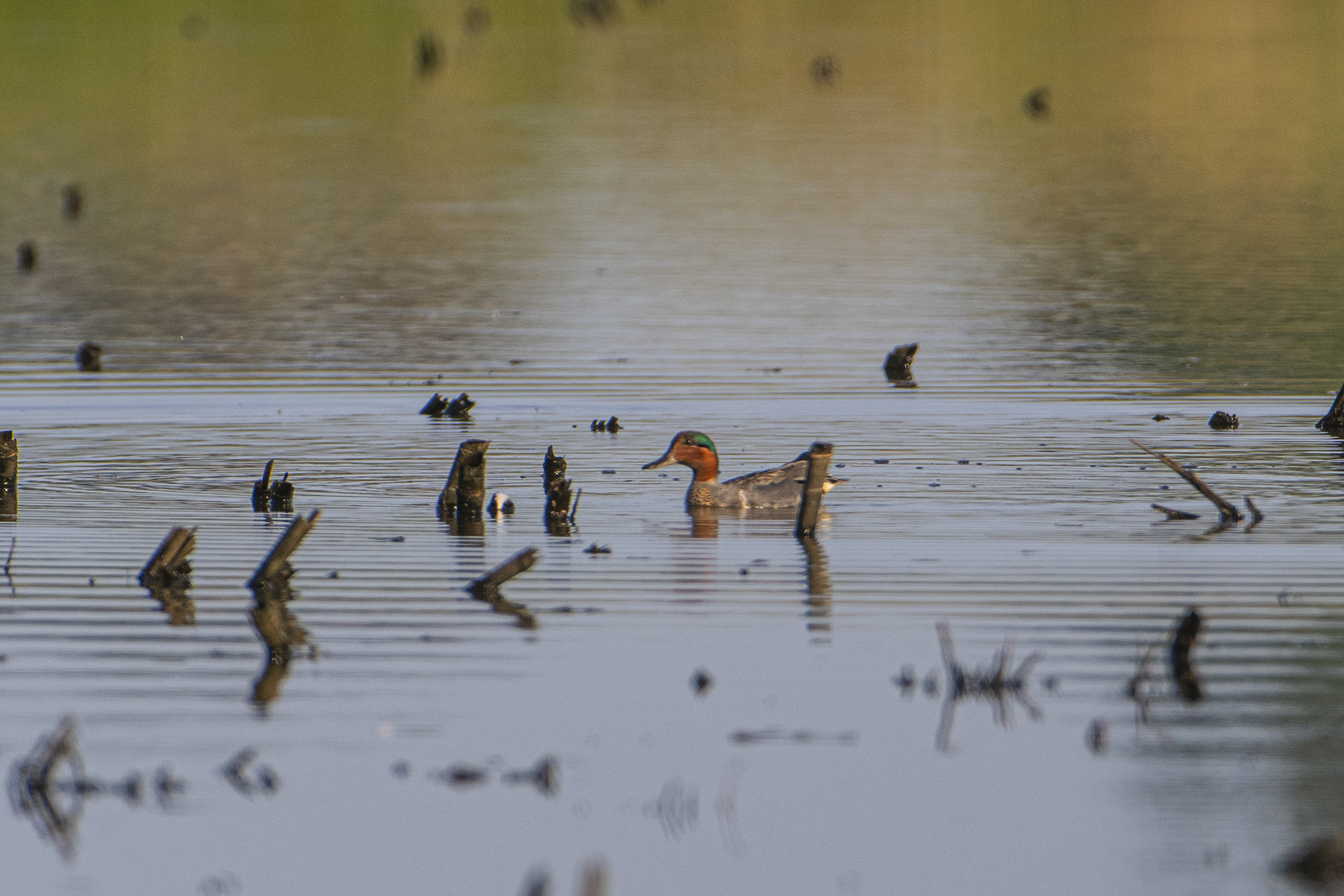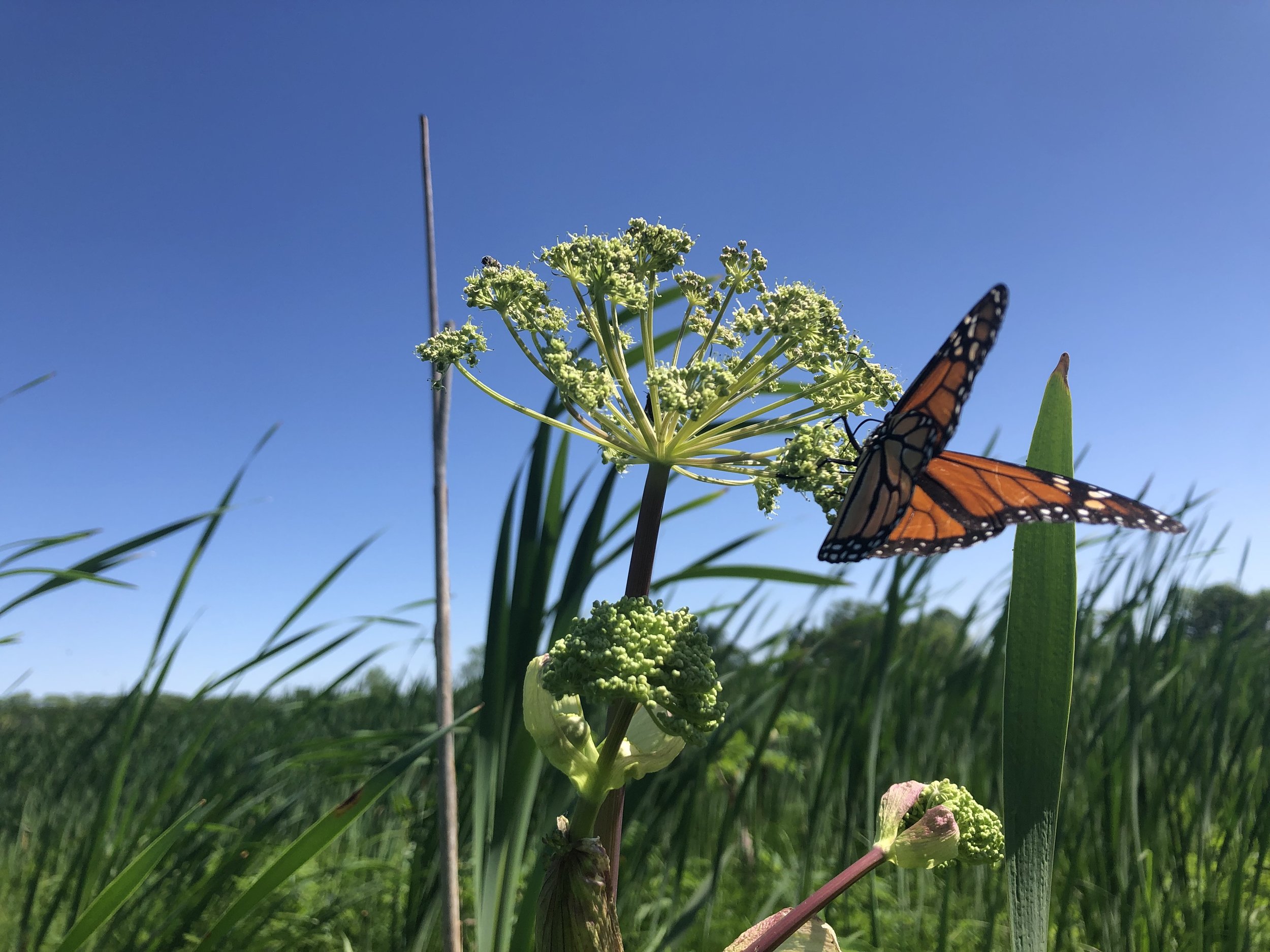Although most humans no longer have to defend against predators, there are residual behaviors from more primal times that help guide our self-preservation. The number of unexplainable events seem to increase as nightfall approaches, and in my experience, less light either inspires a heightened sense of fear or a heightened sense of wonder.
One warm summer night in the pine forests of Wisconsin, nine year old me was having a fire on the shores of a small drainage lake. A series of harsh screams hurtled across the lake and sent my goosebumps in every direction. This inspired fear. I now know that this is the harmless (though still very creepy) food-begging call of great horned owlets. Later on, 12 year old me was canoeing solo on a marshy backwater surrounded by sedges and cattails. An utterly baffling sound issued from the water’s edge. It was a suction cup mixed with a glugging water jug mixed with a…? Abruptly the sound ceased. As I approached the shore, a group of cattails twitched, a bird jumped up, and flew away. This inspired wonder, and was my first encounter with an American bittern.
American bittern, photo by Ellen & Tony
While most find the sound of an American bittern lovely and pleasing to the ear, its bizarre call has inspired a fair amount of fear in the past as well. Some citizens in Connecticut viewed the bird as evil, a demon of sorts, based on the otherworldly booming sound it makes as the sun begins to set. In 1786, a group of men gathered on a Sunday to kill as many of these devil birds that they could find on their local marsh.
American bitterns are most commonly found in open lowland marshes, and high densities of these birds are found in Douglas County, Price County, and the Horicon Marsh area. They belong to a group known as secretive marsh birds which also includes rails, grebes, galIinules, and snipe. Secretive marsh birds are true to their name in that they utilize thick emergent vegetation that is difficult to see or walk through. Most members of this group prefer shallow wetlands. The greatest threats to secretive marsh bird populations are wetland drainage for agriculture, habitat degradation, and human disturbance. Peak spring migration for American bitterns occurs in late April, egg laying starts in May, and hatching peaks in mid-June. Clutches consist of four eggs on average.
American bittern, photo by USFWS Mountain-Prairie
During the Wisconsin Breeding Bird Atlas I (1995-2000), American bitterns were confirmed in a total of 23 blocks throughout the state excluding the driftless area. They’ve been confirmed in 24 blocks so far in the WIBBA II. Atlasers during the breeding season in Columbia County have located bitterns at two Waterfowl Production Areas (confirmed at Schoeneberg Marsh WPA), two State Wildlife Areas, two Wetland Reserve Program areas, and at Goose Pond Sanctuary where we hope to confirm them. High water at Goose Pond this year has created much more suitable habitat for them than in the past, and so far this season we’ve observed an American bittern on three separate occasions. Brand Smith, one of our most committed Bird Atlasers; Mark; Tanner Pettit, summer Goose Pond intern; and myself plan to canoe Goose Pond in the near future in search of young.
Faville Grove featured this species last year, but we couldn’t resist writing a bit more about such a fascinating creature.
Written by Graham Steinhauer, Goose Pond Sanctuary land steward


















